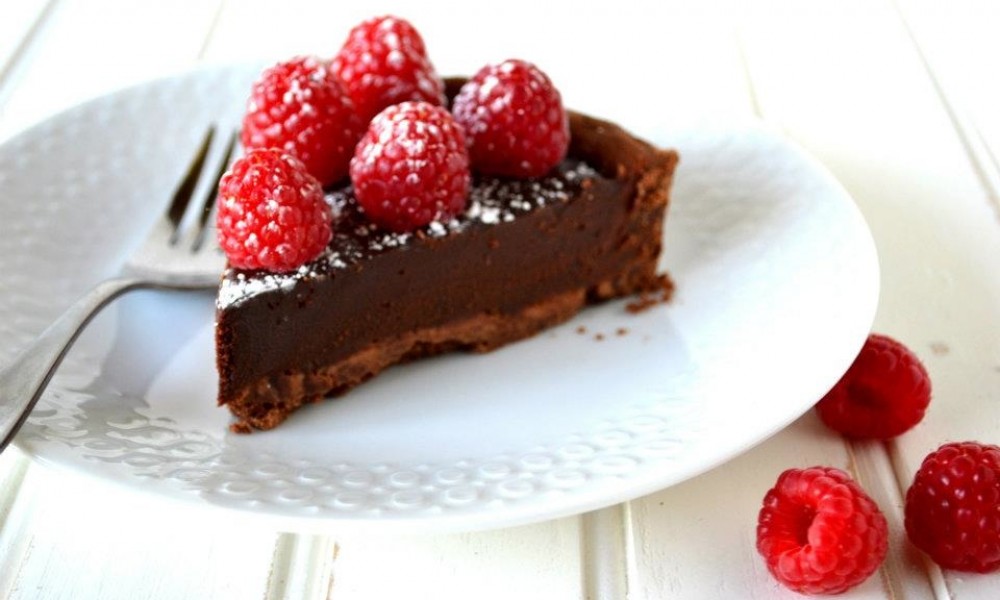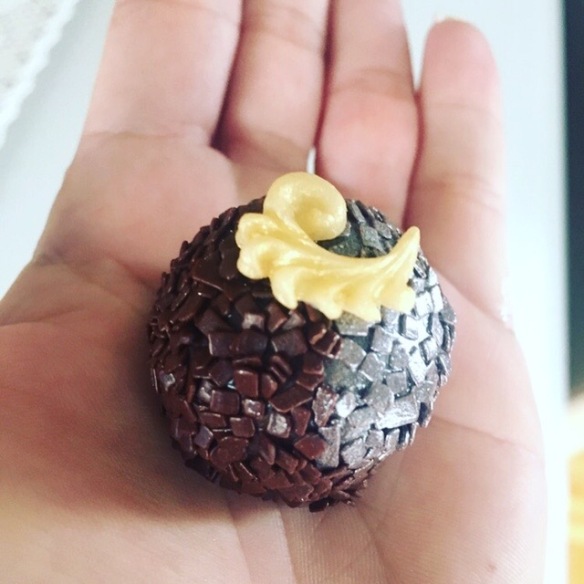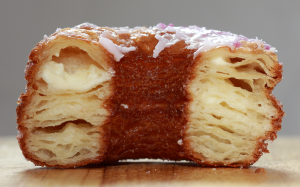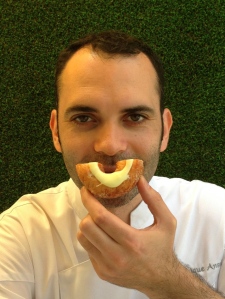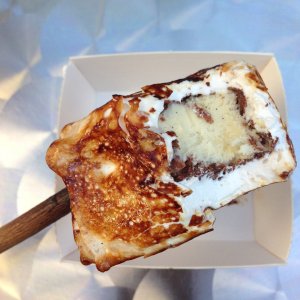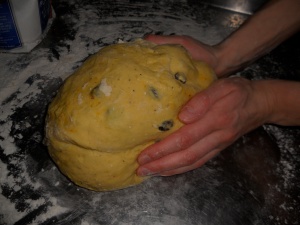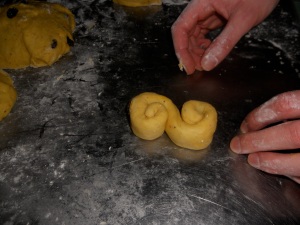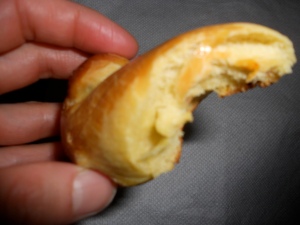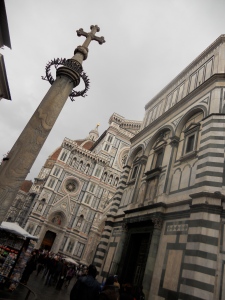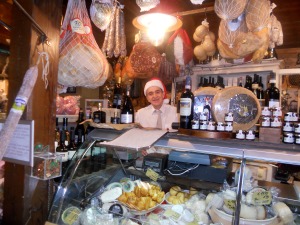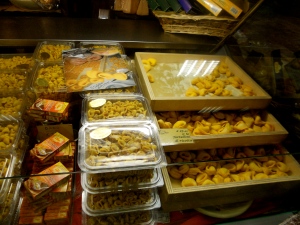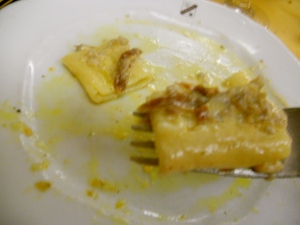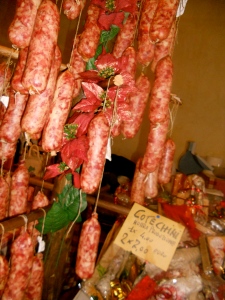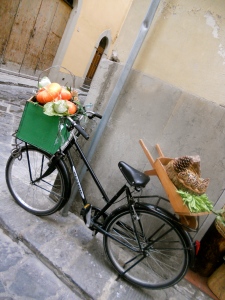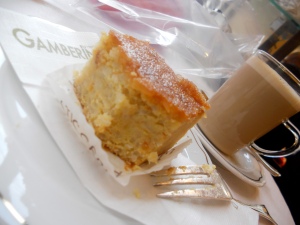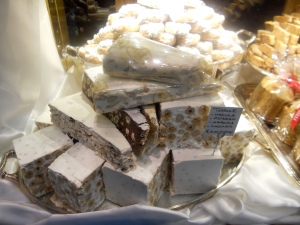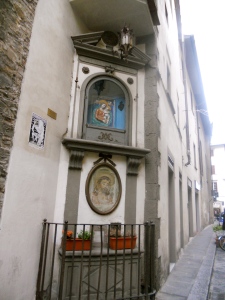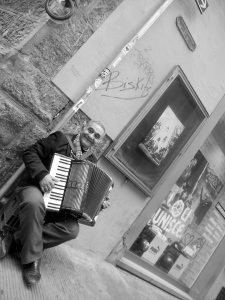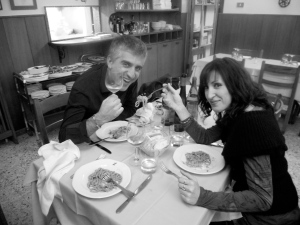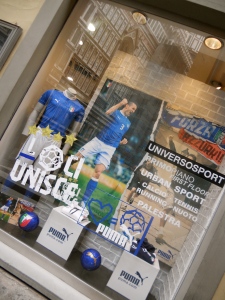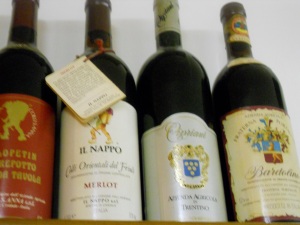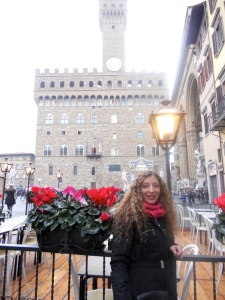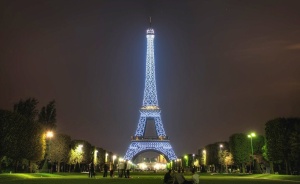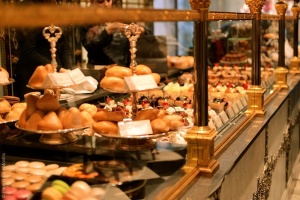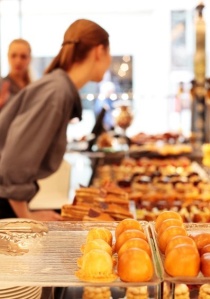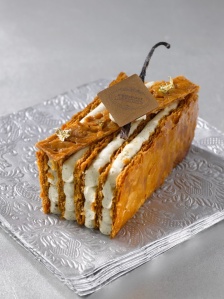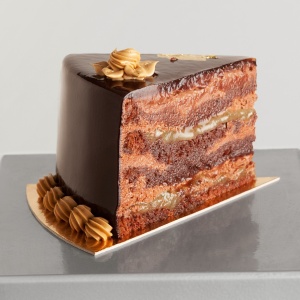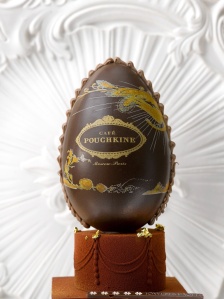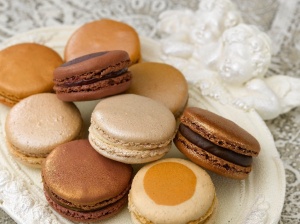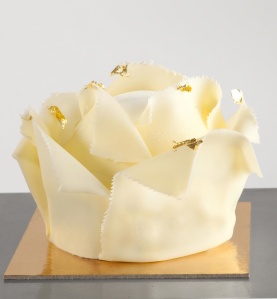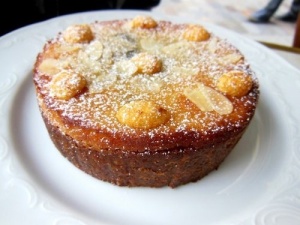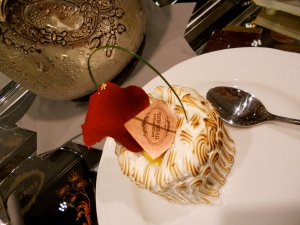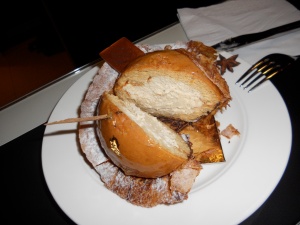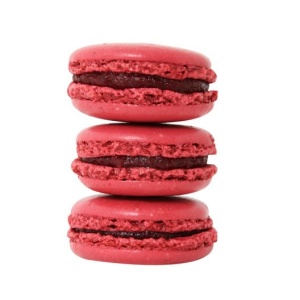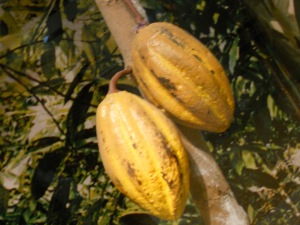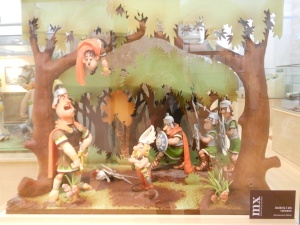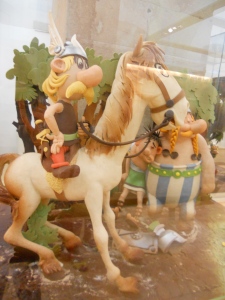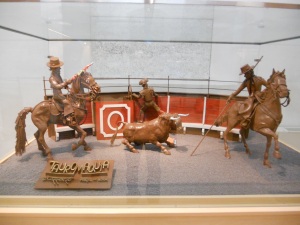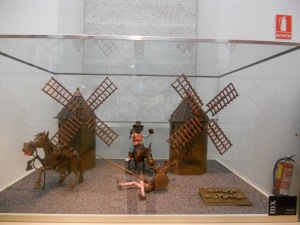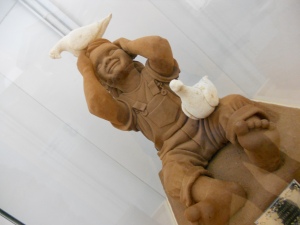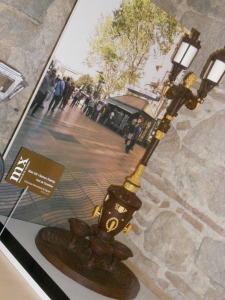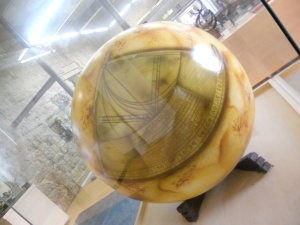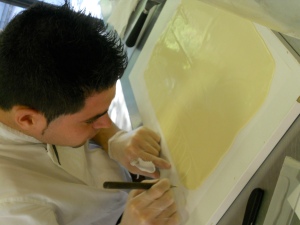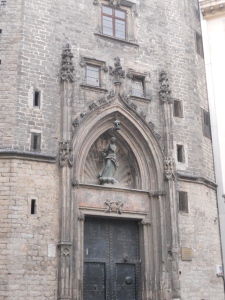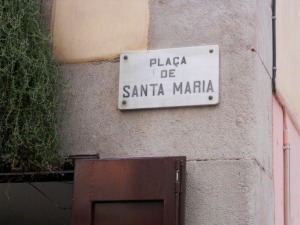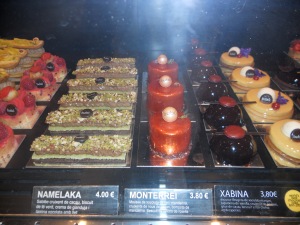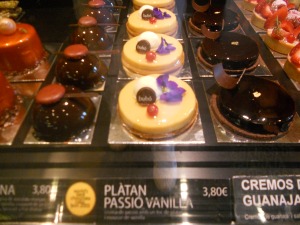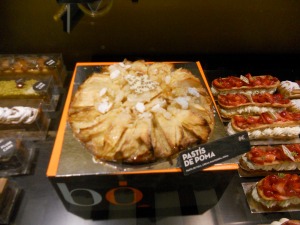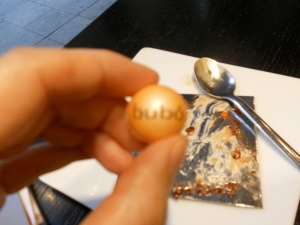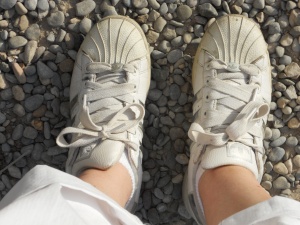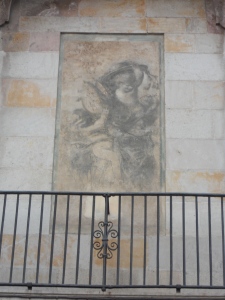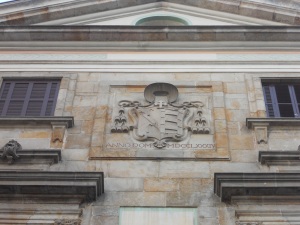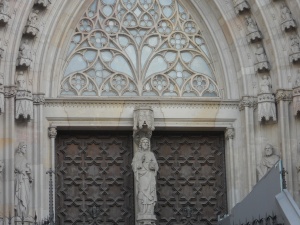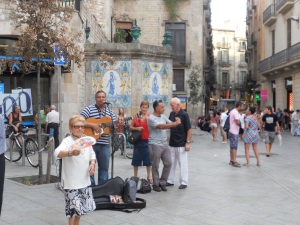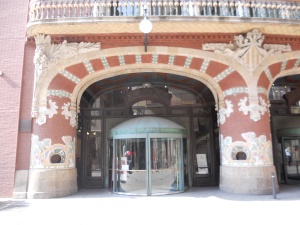When I think about Brazil my heart always warms up. Not only because one of my best friends is from that beautiful part of South America, but also because of the richness of its culinary world and culture.
The first time that I tasted a brigadeiro I fall in love with them! For those who never had this sweet experience yet, let me give you an introduction. Brigadeiro is a chocolate truffle-like bon-bon that was named after Brigadeiro Eduardo Gomez, a Brazilian air force leader who ran for president several times during the 1940s. During his campaign, history says that Brazilian women raised money for Gómez by selling sweet chocolate balls made with condensed milk as a base, calling them “brigadeiros” for short. Though Gómez did not win the election, this amazing sweet treat remains a staple at Brazilian birthday parties and gatherings. They are incredible rich in flavor and can be eaten straight up or used as a topping on other pastries or cakes.
That being said, brigadeiros make up a big part of the Brazilian culture and is considered a national icon. They are generally made in Brazilian homes and it can be eaten with spoon straight from the pot, which is why it can sometimes be called “brigadeiro de colher” (spoon brigadeiro). Traditional ones are shaped into small balls covered in chocolate sprinkles and placed in a small cupcake mold. This dessert is normally served to children at birthday parties and is eaten after the birthday cake. The brigadeiro may also be served in different reunions, especially when friends get together. It has a sentimental value to most Brazilians.
Flavors like amaretto, mocha coffee, coconut, passion fruit, lemon, banana, pistachio, nuit, almond, doce de leite (caramel), marzipan, prestigio (chocolate filling with coconut), zabaglione, Grana Padano cheese and guava paste, and much more!
Today, we celebrate Brazil for its warm heart, reach culture and sweet bridageiros. Here is a simple recipe for you to try, taste and see. Have fun and enjoy them. The only risk is that you will not be able to stop eating them!
Chocolate brigadeiros:
Ingredients
- 1 tablespoon (14.79 mL) butter
- One 14-ounce can condensed milk
- 3 tablespoons (44.37 ml) cocoa powder or Nesquick powder (American cocoa powder is a little bit less sweet)*
- Chocolate sprinkles
Directions
In a medium saucepan over medium-low heat, melt the butter. Add the condensed milk and cocoa powder. Stir well with a spoon until your butter is melted and everything looks thoroughly mixed. Continuously stir your chocolate until it’s thick and you can clearly see the bottom of the pan when stirring. Use a large wooden spoon to do this. Don’t stop stirring for the entire time your mixture is on the stove top. As your mixture heats, it will gradually thicken. In about 10 to 15 minutes, it should be done. When it seems thick enough, turn off your stovetop. The consistency should be firm and should hold together. Pour it into a dish and let cool to room temperature, about 15-20 minutes. If you are not planning to make the brigadeiros the same day, you can keep it in the fridge for up to 3 days or in the freezer.
Once you think it’s cool enough, test a section by trying to roll it into a ball. It should hold its shape. Lightly grease your hands with butter and roll about a teaspoon of brigadiero between your palms to form 1 1/2-inch balls.
Roll them in your favorite chocolate sprinkles and place them into small paper cups.
You can always change the toppings for shredded coconut, crushed nuts like pistachio, walnuts, crystal sugar, etc. The possibilities are endless. Be creative, have fun and share with family and friends to celebrate the Brazilian cheerful and warm spirit.
